Caring for Our Ponds: A Guide to Pond Ecology & Care
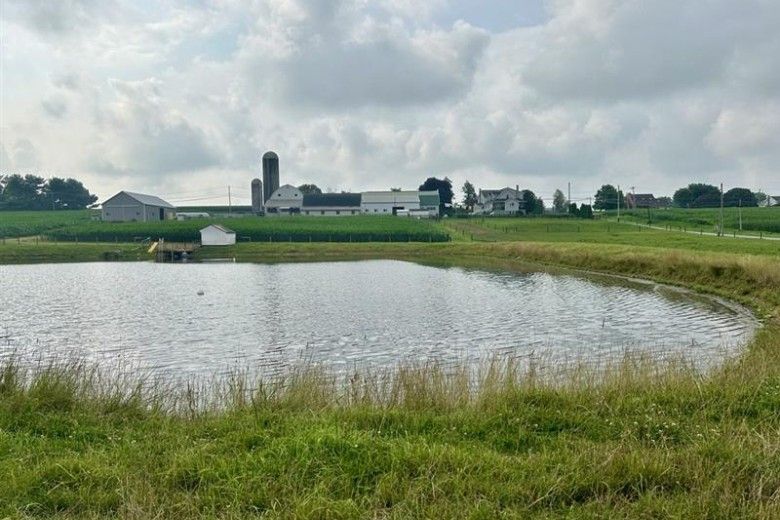
Beautiful and peaceful, ponds grace our neighborhoods, parks, and backyards with a sense of calm and connection to nature. They provide quiet places for reflection, shelter for wildlife, and essential support for healthy ecosystems. In the United States, most ponds are man-made, which means they require extra care and active management to stay in balance. Without thoughtful stewardship, these delicate habitats can quickly become overgrown, polluted, or unsafe. Whether you’re a homeowner with a small backyard pond, part of a homeowners’ association (HOA), or a municipality, there are practical steps you can take to keep your pond healthy, attractive, and safe.
What Is a Pond?
A pond is a small, shallow freshwater system where sunlight often penetrates to the bottom. This light supports photosynthesis, which in turn sustains a wide variety of aquatic plants and animals. Because many ponds are human-constructed, they often require active management to remain healthy and ecologically functional.
Ponds exist for many different reasons. Some are remnants of historic agricultural land use, while others were created for fire protection, recreation—such as fishing, swimming, or boating—or to provide habitat and enhance biodiversity. Today, ponds are also built for stormwater management, irrigation, or simply for their aesthetic appeal, adding beauty and value to the surrounding landscape.
Every pond is also part of a greater watershed, the area of land that drains into it. The way this land is managed directly affects the pond’s condition. Good practices, like planting native vegetation or limiting fertilizer use, can help improve water quality, while poor practices, such as excessive runoff or heavy pesticide use, can degrade it.
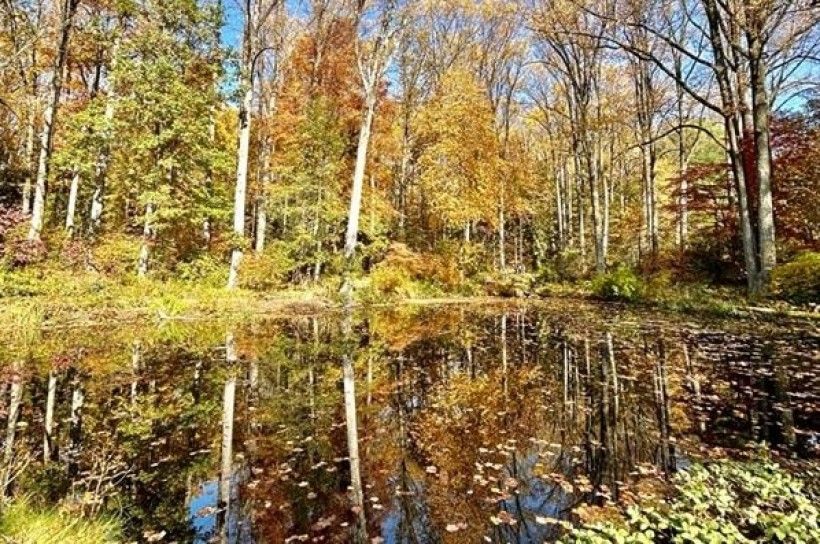
The Hidden Challenges of Ponds
Though ponds appear calm on the surface, they often struggle with hidden problems:
- Nutrient Overload: Fertilizer, pet waste, goose droppings, or lawn clippings can send excess nitrogen and phosphorus into ponds, fueling algae blooms.
- Algae and Weed Overgrowth: When nutrients accumulate, algae and invasive weeds can spread rapidly, blocking sunlight and lowering oxygen levels.
- Low Oxygen: Stagnant water, decaying plants, or algae blooms can strip oxygen from ponds, threatening fish and other aquatic life.
- Turbidity: Soil erosion from the surrounding land can fill ponds with sediment, making them shallower and less hospitable for wildlife.
- Pollution: Runoff carrying pesticides, road salt, or septic leaks can pollute ponds, harming ecosystems and potentially harming human health.
Why It Matters
When ponds lose their balance, their value as ecological, recreational, and community spaces are diminished. Algae blooms can create unpleasant odors and can potentially lead to fish kills. Polluted water can flow downstream and impact larger waterways. Healthy ponds, on the other hand, provide wildlife habitat, improve water quality, and strengthen the resilience of our local environments.
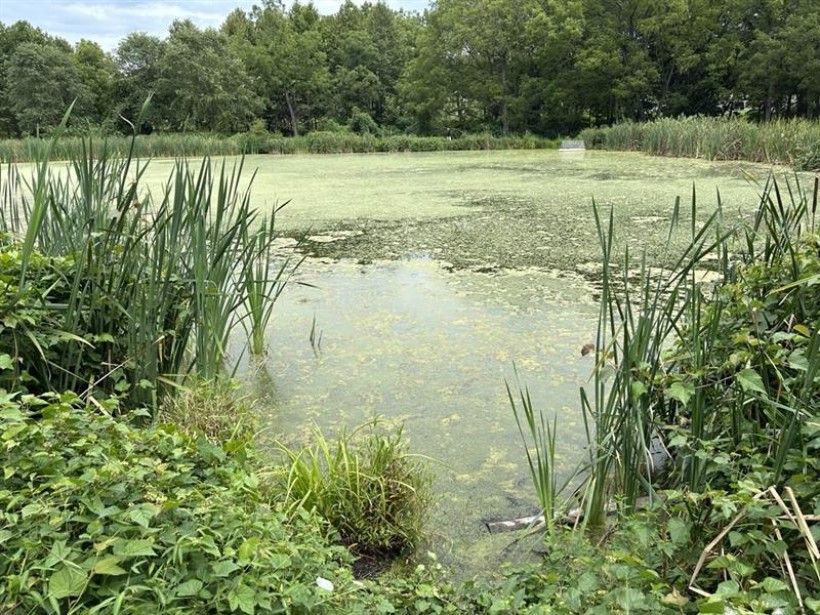
How to Keep Ponds Healthy
Fortunately, there are many ways to prevent and correct pond problems:
- Plant Native Vegetation: Native plants around the pond edge absorb nutrients, filter runoff, stabilize soil, and keep geese out.
- Reduce Runoff: Limit fertilizer use, pick up pet waste, and use features like rain gardens or vegetated swales to slow and infiltrate stormwater before it enters a pond.
- Aeration: Fountains and bubblers keep water moving, boost oxygen, and discourage algae growth.
- Control Sediment: Plant cover crops, use silt fences, and reduce bare soil to slow erosion.
- Maintain Responsibly: Stock fish thoughtfully, manage weeds with care, and turn to mechanical or biological solutions before chemicals.
- Monitor Water Quality: Routine tests for pH, dissolved oxygen, bacteria, nitrate, and phosphorous can assist in catching issues early. Please see Table. 1 for important water quality parameters.
If you’re interested in testing your pond’s water quality, kits are available through Penn State Extension. These kits are a relatively low-cost way to check the health of your pond. You can reach out to your local Penn State Extension office or order one directly from their Ag Analytical Services Lab.
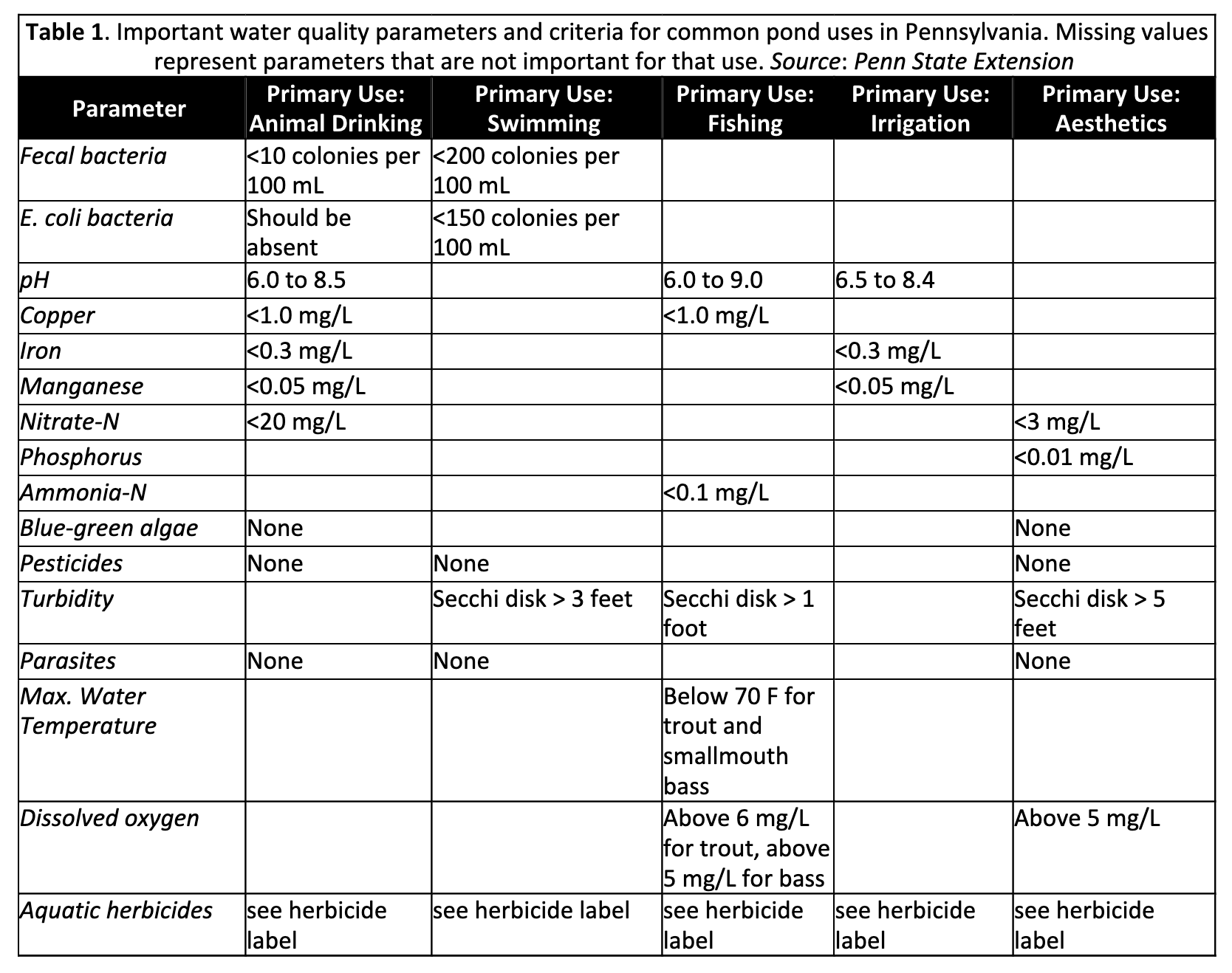
Pond care doesn’t have to be overwhelming. Individual pond owners can focus on simple actions like planting native buffers and reducing fertilizer use. HOAs can set maintenance guidelines and host water-quality testing events. Municipalities can support restoration projects and ensure ponds are managed as part of a healthy watershed.
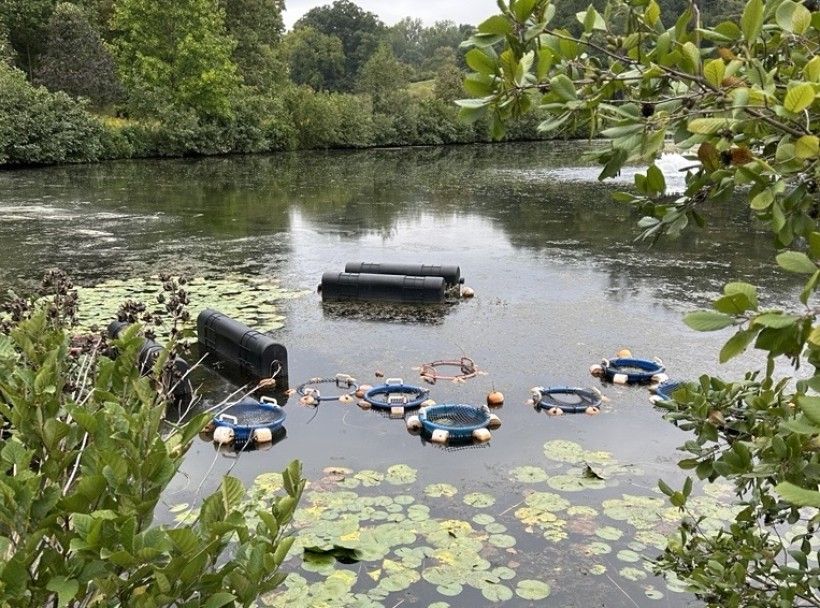
While ponds are places of beauty and relaxation, safety is always a priority. For those maintaining ponds, using proper equipment such as life jackets, waders, gloves, goggles, and having a first aid kit on-hand, is essential. Simple precautions like never sampling water alone and staying in shallow areas reduce risks. For community ponds, posting clear signs, providing life rings, and marking safe recreation zones can prevent accidents.
Ponds may be small, but they play a big role in the health of our environment. They filter water, recharge groundwater, and provide homes for countless species. With thoughtful stewardship such as planting wisely, monitoring regularly, and prioritizing safety, we can ensure ponds remain healthy and vibrant for generations to come.